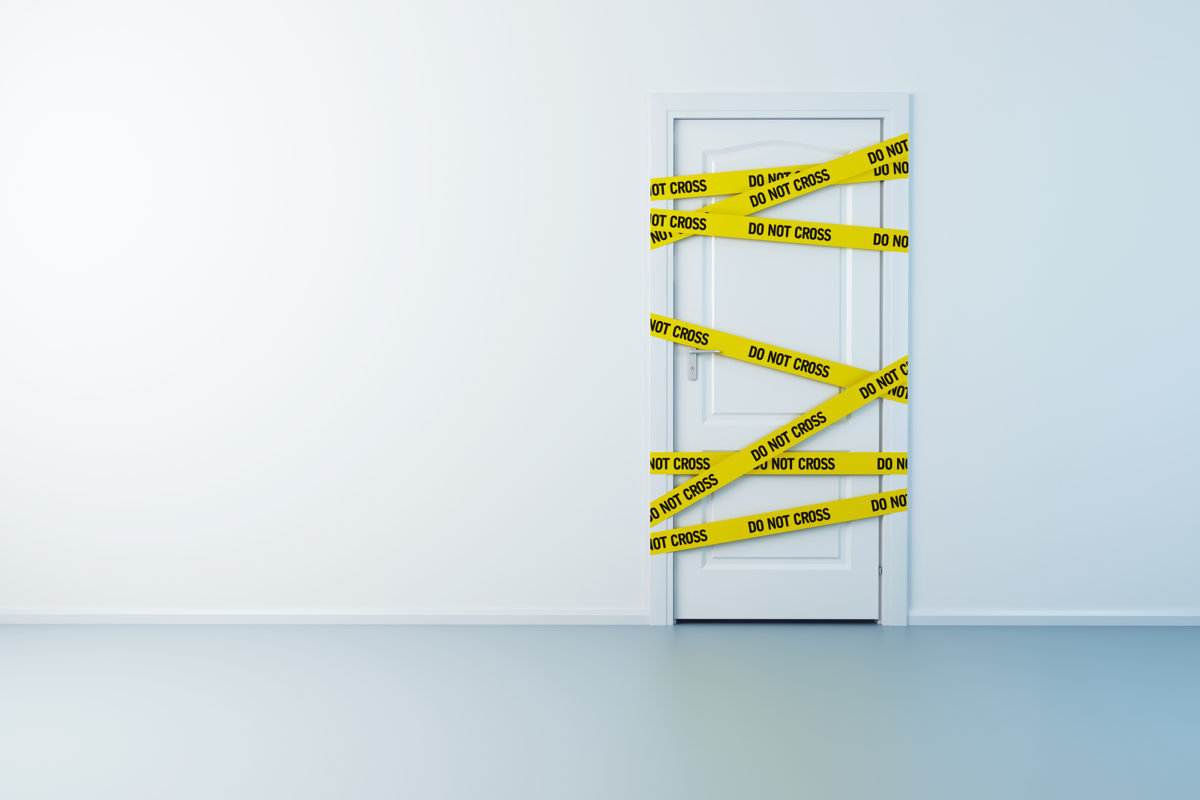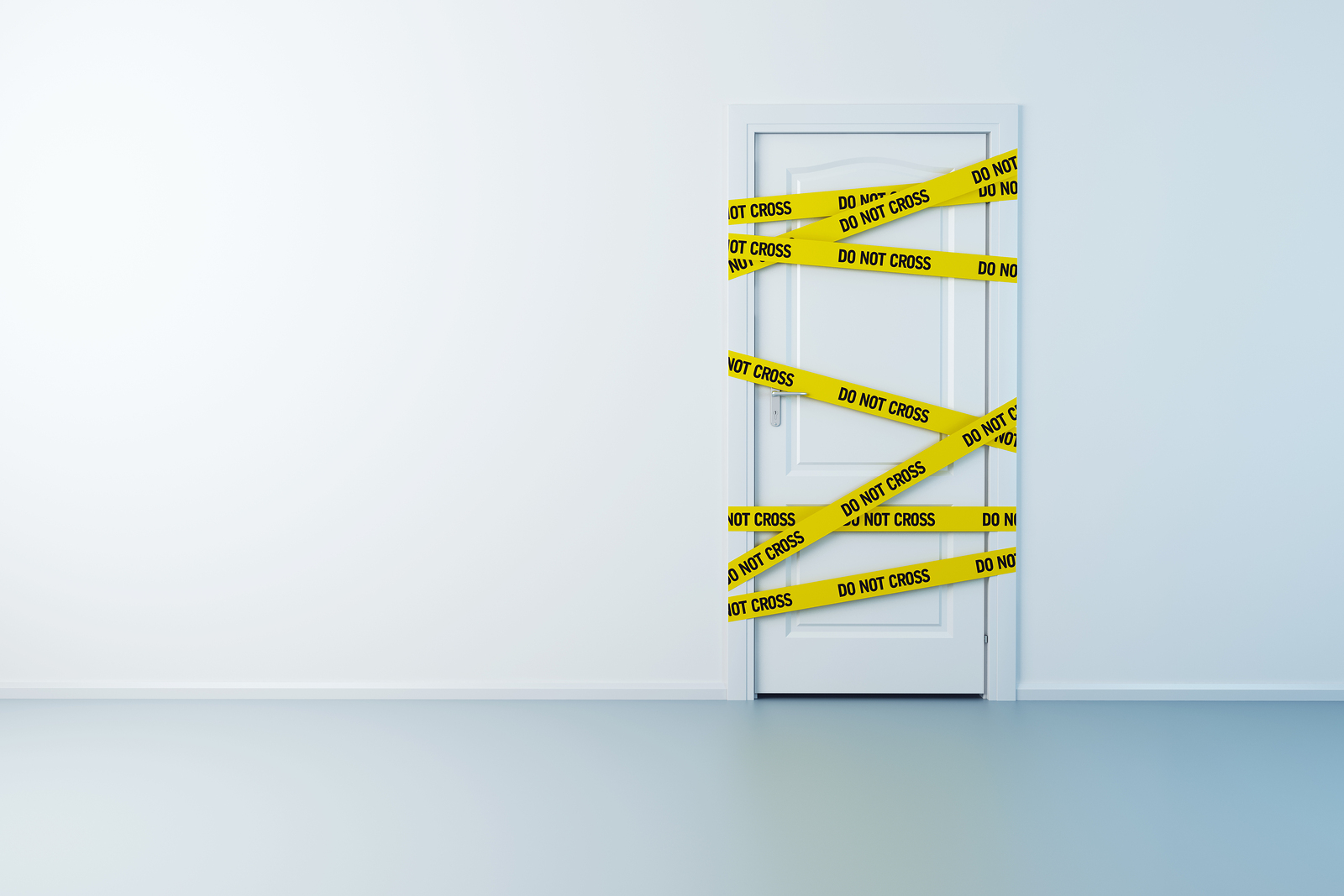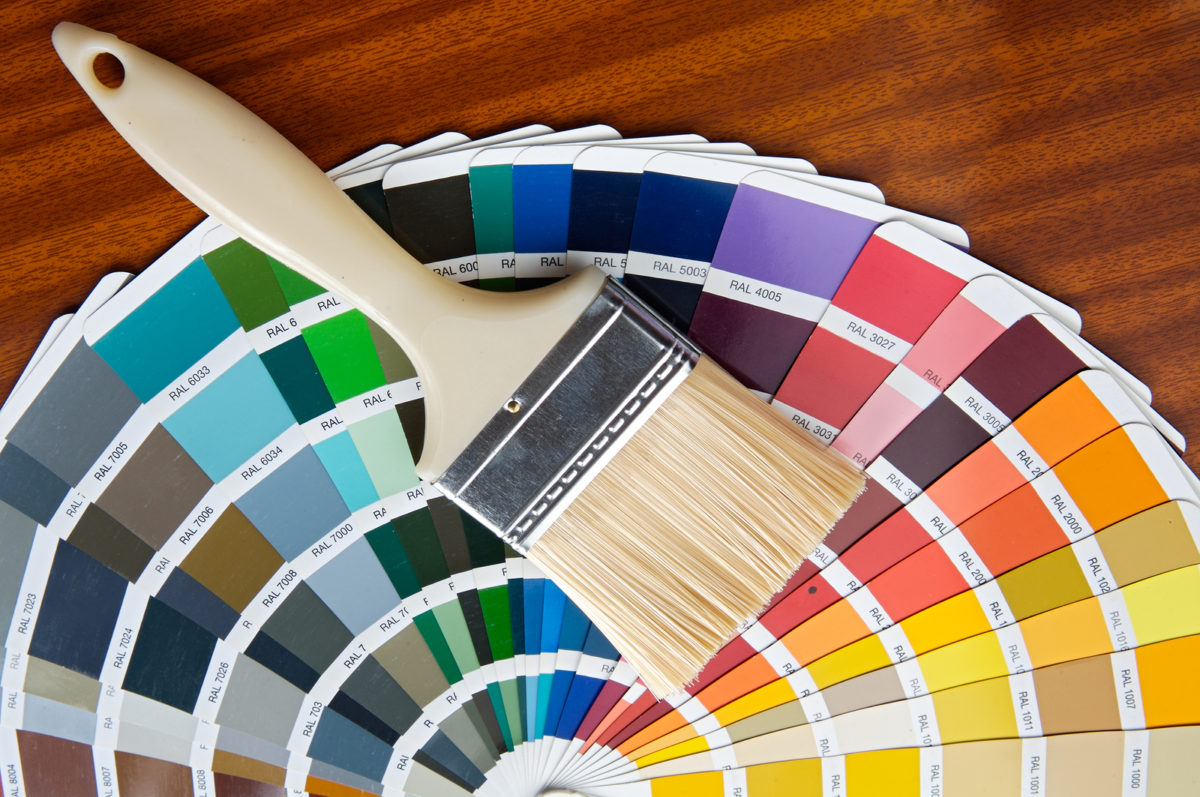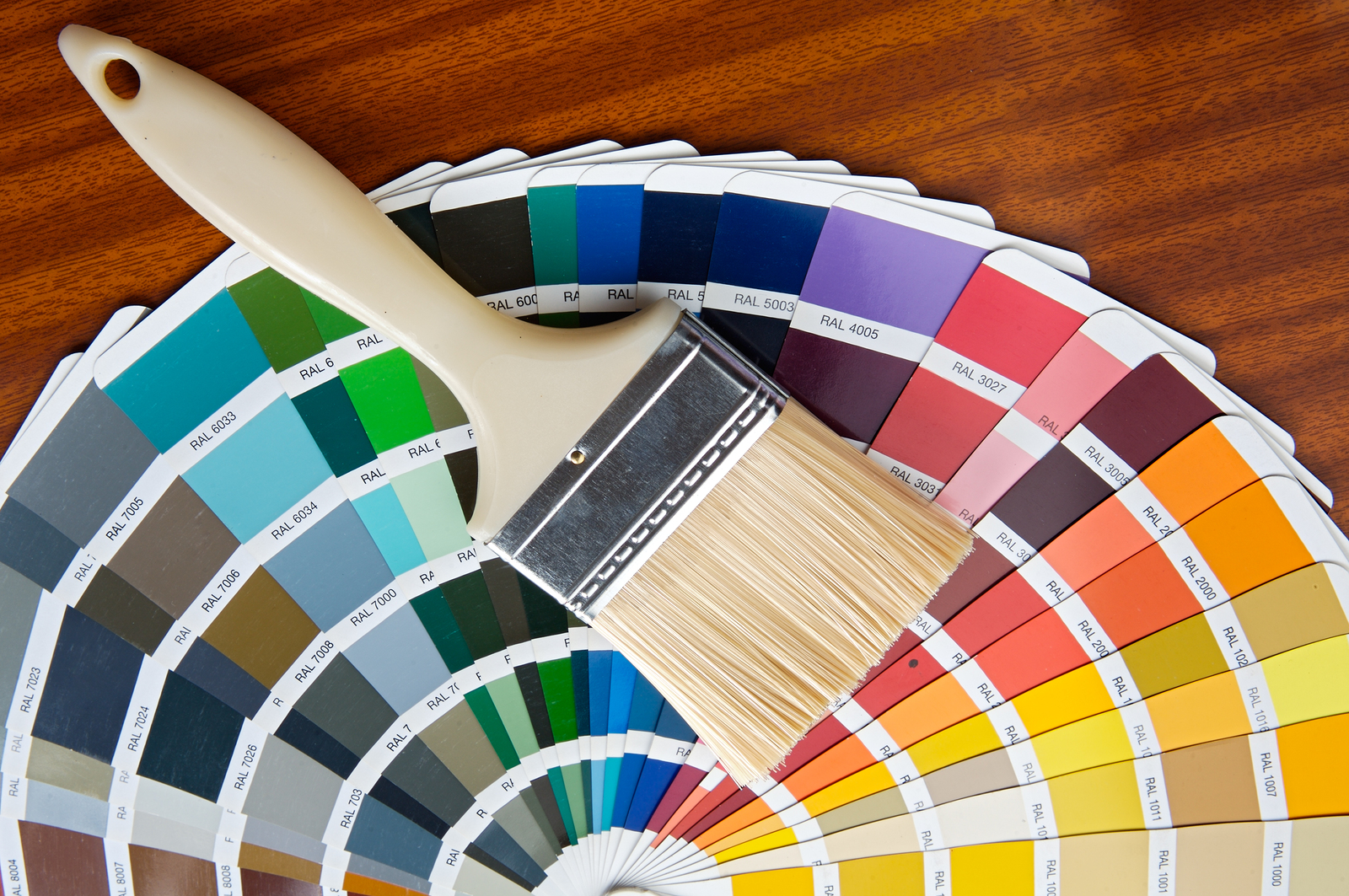
If your spring cleaning routine paid special attention to getting the deck ready for summer entertaining, we have a question for you:
Did you check the deck’s safety while getting it all clean and gussied up? If not, you’re not alone.
The estimated life span for a wood deck is between 10 and 15 years, according to the U.S. Consumer Product and Safety Commission. They further estimate that half of the country’s 40 million wooden decks are older than 15 years.
Want to hear something even scarier?
Deck and porch problems cause 224,000 injuries each year in the United States – 33,000 were the result of either a collapse or structural failure.
Don’t let your summer guests be among these sad statistics. Inspect your home’s deck or porch before the seasonal fun begins and make the repairs necessary to ensure that it’s safe.
How’s that wood looking?
Your home’s deck is exposed to the elements, day in, day out, year-after-year. Naturally, it’s going to eventually show the toll the weather has been taking on it.
Check the deck for wood that is split or appears to be decaying. The experts at the National Deck and Railing Association (NADRA) suggest you check the area where the deck attaches to the house (known as the “ledger board”), which, they say, is “a common source of deck failure.”
Then, check the posts that support the deck as well as the joists under it, the support beam (runs parallel to the floor joists) and the boards that you walk across. Use a screwdriver or ice pick to lightly poke the wood, checking to ensure it’s not spongy, which is an indication of decay or damage caused by insects.
Use the same tool to probe cracks in the wood. “If you can insert it more than ¼ inch into any cracks … or if the wood breaks off without splintering, this could indicate rot,” warns Natalie Rodriguez of This Old House magazine.
Use a hammer to lightly tap each bolt or other connector. If it sounds hollow, it may be loose. Also check them for signs of corrosion. “As the fastener corrodes, it causes the wood around it to deteriorate,” according to Nick Gromicko, founder of the International Association of Certified Home Inspectors (InterNACHI).
Check the railings and balusters
Shake the deck’s railings and if they wiggle, call in a professional to help you secure them.
Use a measuring tape to ensure that they’re up to snuff, safety-wise. Rodriguez claims that the railing should be a minimum of 3-feet in height (3.5 feet is best, according to the pros at NADRA) and the balusters spaced a maximum of 4 inches apart (measured from the inside of each baluster).
Check the area around the deck
A sprinkler that hits the deck every time you water will eventually cause the wood to decay. Redirect errant sprinklers and downspouts that drain near deck posts.
Clear away plant detritus from the deck and the area beneath it. The experts at NADRA say wet plant material can be slippery and it promotes mildew.
Finally, give the deck a new, waterproof coating.
May is National Deck Safety Month – a reminder that now is a great time to do a deck inspection and perform maintenance to ensure family and friends are safe during summer.


















